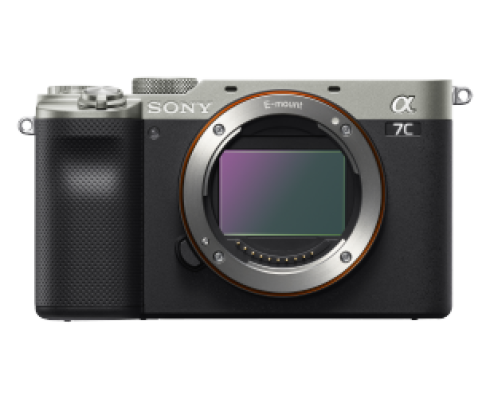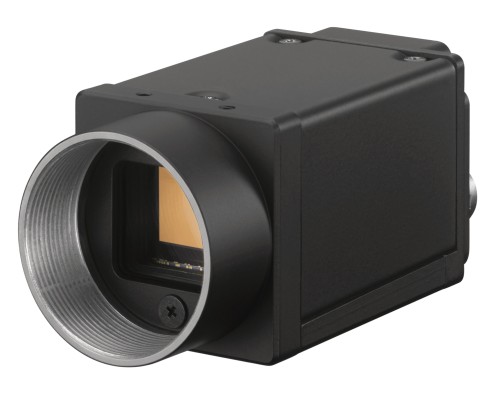
Sony Alpha camera supported by Sony SDK (Software Development Kit)

Sony Alpha camera supported by Sony SDK (Software Development Kit)

Digital Video Camera using various interfaces (USB, Gigabit Ethernet, Camera link)
On and off-field applications of image-sensing technology
Let us look at some of these use cases in more detail. Monitoring pitch condition is a particular area of focus, with the latest multipurpose 3D camera systems in sports stadiums offering high-resolution multispectral scanning for optimal assessment of turf conditions. Cameras are suspended from fixed installation cables, allowing full-pitch coverage from multiple elevations – sometimes just centimetres above the grass. The videos and stills provided give grounds teams crucial insight into areas such as turf condition, pitch moisture and even the evidence of specific parasites.
The Sony ILX-LR1, an interchangeable lens camera designed for industrial use with an approximately 61-megapixel 35 mm full-frame image sensor, has been used in such applications, achieving ultra-high resolution during inspection activities. Recent work at the Estadio Azteca stadium in Mexico City has seen it achieve autonomous 4mm per pixel per band scanning and sub 1mm per pixel per band of points of interest. This data is then transmitted to the cloud for analysis and delivered to ground staff via an interactive app on a PC or mobile device.
Another area of image sensing application in sports environments is more precise decision-making in cricket, football, tennis, and other activities to make sport fairer, safer, more engaging, and better informed. This activity has been driven by Sony-owned Hawk-Eye Innovations, whose optical tracking and camera calibration technologies have been used for various performance, ball and object tracking purposes. Perhaps the highest-profile application has been goal-line technology, with Hawk Eye’s system used across all UK Premier League club matches for more than ten years. The technology depends upon using multiple cameras at each end of the stadium – often positioned on the roof - and focused on the goal. The cameras track the ball when it comes into their range, and they can tell when the whole of it crosses the goal line.
But image sensing is transforming sports not just inside the stadium. It also plays an increasingly significant role in creating immersive content for fan engagement – such as avatars. Here, cameras capture a sports star or an object from multiple angles, capturing a comprehensive representation. AI-inspired algorithms are then used to reconstruct a digital model of the individual, with mesh generation and texture mapping deployed to refine the 3D model. Once complete, the avatar is created and exported in different formats for suitable applications.
How Sony supports sporting innovation
Camera technology is critical for each of these applications, and Sony ISS continues to invest in research and development to deliver new capabilities for the sports world. The recently launched ILX-LR1 is ideal for drone or cable system use in sports environments, being compact and lightweight, yet capable of capturing high resolution, low noise and wide dynamic range images that reveal fine details during inspection and investigation. It also has a selection of a continuous shooting capability such as three frames per second, which is suitable for mapping shooting allowing for the rapid completion of high-altitude shots in a short period of time.
Meanwhile, the new Alpha 9 III (α9 III) is the world's first full-frame interchangeable-lens image sensor camera with a global shutter system, offering unprecedented levels of speed and accuracy. Free from the limitations of a rolling shutter, Alpha 9 III features a newly developed Exmor RS™ image sensor - the world's first global shutter full-frame stacked CMOS image sensor with 24.6 effective megapixels that exposes and reads all pixels instantaneously, ensuring zero distortion for both stills and videos. It offers blackout-free continuous shooting at up to 120 fps with a dedicated AI processing unit for real-time tracking and autofocus. This capability makes it ideal for multipurpose sports applications, where ultra-high resolution and speed image capture are required.
Delivering image sensing capability over the long term
It is clear that image-sensing technology is reshaping the worlds of sports – on and off the field - and in many different ways. Sony ISS is committed to collaborating with partners to ensure that exciting new technologies and applications will continue to drive our enjoyment of sporting activities for years to come.